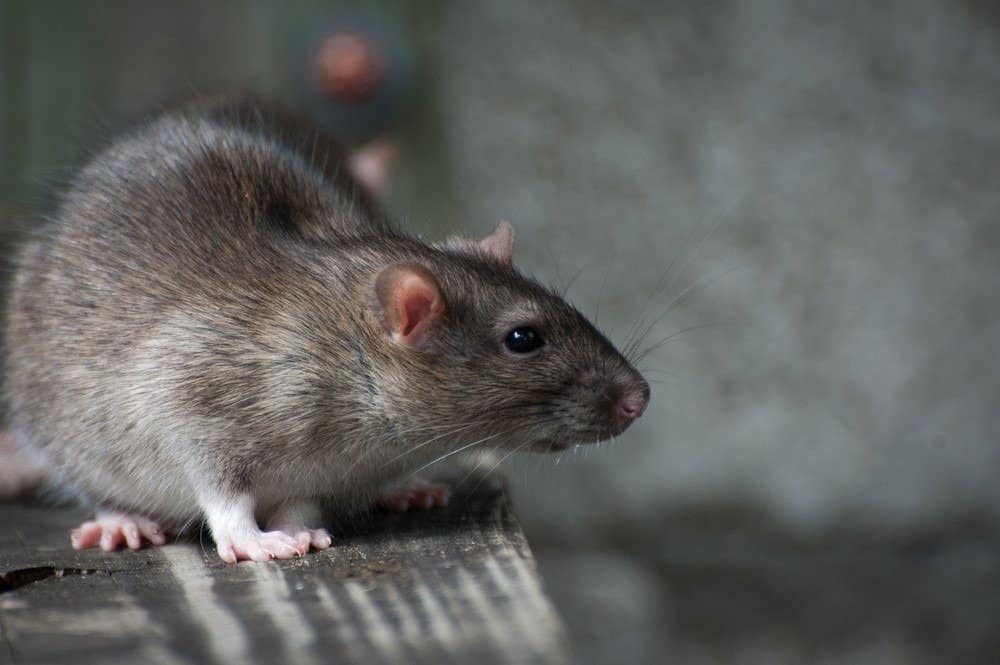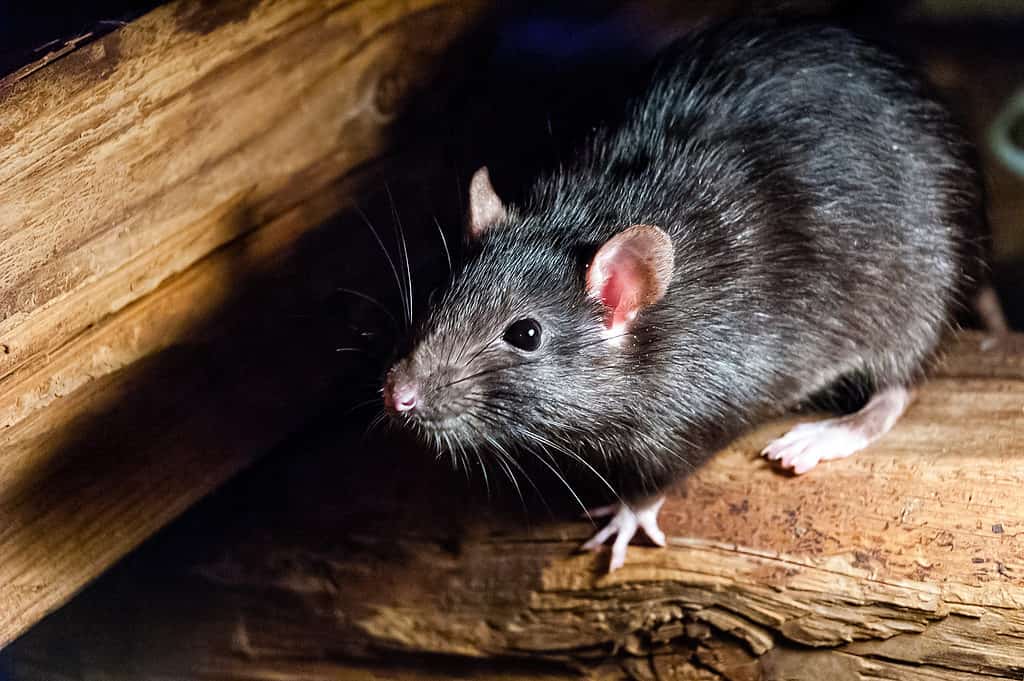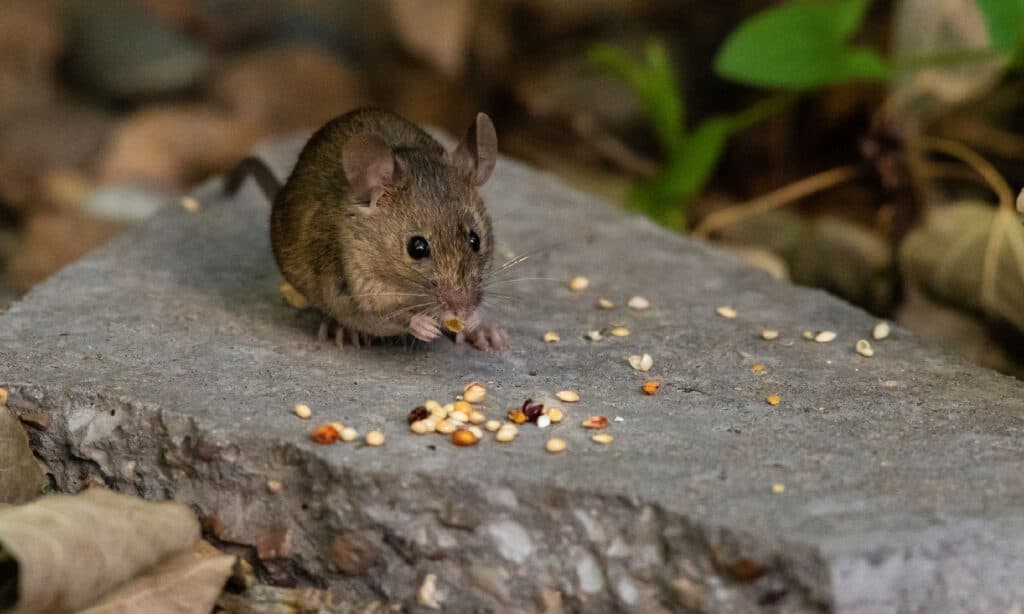Rodents have a few favorite activities that include chewing and gnawing. They scamper throughout Oklahoma, frequenting businesses and homes, especially if they find the environments suitable for their needs. Discover the three harmful rodents invading Oklahoma and learn what to do if you spot them.
3 Harmful Rodents Invading Oklahoma
1. Norway Rats
Scientific Name: Rattus norvegicus
If you’ve spotted an unusually large rat, it was probably a Norway rat. These rats can get as large as 18 inches long (their tails included). The underside of their bellies is an off-white color, and the rest of their bodies are typically brown. Their bodies are thick, their ears are small, their noses are rounded, and they have bulging black eyes.

Norway rats are pretty large, reaching up to 18 inches long.
©Heiko Kiera/Shutterstock.com
2. Roof Rats
Scientific Name: Rattus rattus
The name gives it away, but roof rats are great climbers. They’re significantly smaller compared to Norway rats. They only grow up to 14 inches long (tails included) and are noticeably thinner than their counterparts. Their fur is dark, and their tails are rough and hairless.

Roof rats are great climbers!
©Carlos Aranguiz/Shutterstock.com
3. Mice
Scientific Name: Mus domesticus
Mice are a lot smaller than rats, and they’re the ones most likely to make it inside your home. They only grow to about 7.5 inches long, and their bodies are gray and rounded. Their ears are rounded like their bodies and quite large for their size. Their tails are smooth.

Mice are a lot smaller than rats, and they’re the ones most likely to make it inside your home.
©iStock.com/Víctor Suárez Naranjo
How to Know if You Have a Rodent Problem
The good thing about rodents is that they are not subtle when present. You are likely to find out right away if you have a rodent problem. A couple of signs you can look for include the following:
- Droppings, usually around the food source they’ve found
- When the infestation is substantial, you can smell their urine
- They like to chew, so look for gnaw marks
- They leave nesting materials scattered
What Do Rodents Eat?
Rodents eat a variety of foods, including other animals and plants. They feast on fruit, nuts, and seeds as well. Mice tend to gravitate toward insects, but roof rats don’t stop at insects. They also go for snails and slugs. Norway rats are also omnivorous, but their preferred food source is meat.
How to Get Rid of Rodents
While you may be able to attempt a humane catch-and-release tactic, when the infestation is severe, it’s best to let the pros handle the task. Rodents are prolific and can present a health hazard, meaning they must be removed immediately.
How to Prevent Rodents
You can take steps to prevent rodents from entering your home or finding the exterior of your home suitable for their needs.
- Ensure all cracks and crevices throughout the home are properly sealed
- Keep shrubbery and trees well-trimmed year-round
- Keep all environments (indoors and outdoors) clean and free of debris
- Store all pet food properly in sealable containers
The photo featured at the top of this post is © Landshark1/Shutterstock.com
Thank you for reading! Have some feedback for us? Contact the AZ Animals editorial team.







